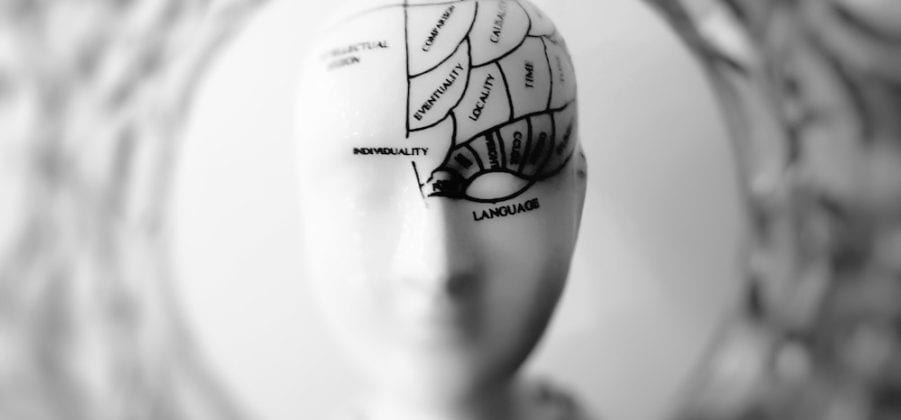

Written by Dr. Sonam Mansukhani, Associate Professor, Anant National University
My instant reaction to the term ‘Design’ is aesthetics, intricacies, creativity, technicalities and perhaps, all those areas which have nothing to do with my expertise. As a ‘people-centric’ professional, someone who has always worked and dabbled with humans, I take cognizance of the fact that I am far away from a field that requires so much ingenuity. So how does a person like me (who has brought the intersections of sociology and psychology to teaching and research) look at design? Through this article, I would like to bring insights from the disciplines of sociology and psychology to the sphere of design.
Psychology deals with human behavior which in turn, cannot be detached from sociology that looks at society. This convergence can be adapted to look at ‘design’ in several ways. At the outset, design in any form is embedded in a socio-cultural milieu. The norms, values, customs, traditions, and institutions have an impact on the designers. In other words, different forces impinge on design. For example, ritualistic practices in regions may impact a particular art form. Thus, in studying design and in adopting design thinking as an approach to facilitate learning, the inquiry should centre around questions which would involve an immersion of the design in the cultural specificities. Some of these can be related to how has a particular form evolved over time? Are there continuities or discontinuities from the past? What are the transformations or modifications that the creation has undergone? Where do they arise from? How does design interact with the needs of local inhabitants? Hence, the customer base, competition, and policies contribute to locating design within a broader framework.
As design finds its place in public (the intended users), concepts from psychology such as attitudes and perceptions can be used to understand how users look at it. Different sections of the society perceive and interpret design in several ways. Design has a reciprocal relationship with organizational behavior, which is a specialized branch within psychology. If design is the product of human behavior, the latter also facilitates design. An understanding of organizational cultures facilitates design. One of the issues in organizations is whether we should create separate cubicles or should there be arrangements that foster collaborative learning (something emphasized in a global era)? Well, the answer to this depends on an understanding of the organizational cultures.
I would like to conclude by stating that for me, design is an interactive activity, something that transcends the technical aspects. It is the unfolding of the different layers (by looking at the bigger picture) that stimulates my interest. Am glad to be a part of AnantU that gives me the freedom to explore design from a socio-psychological lens.